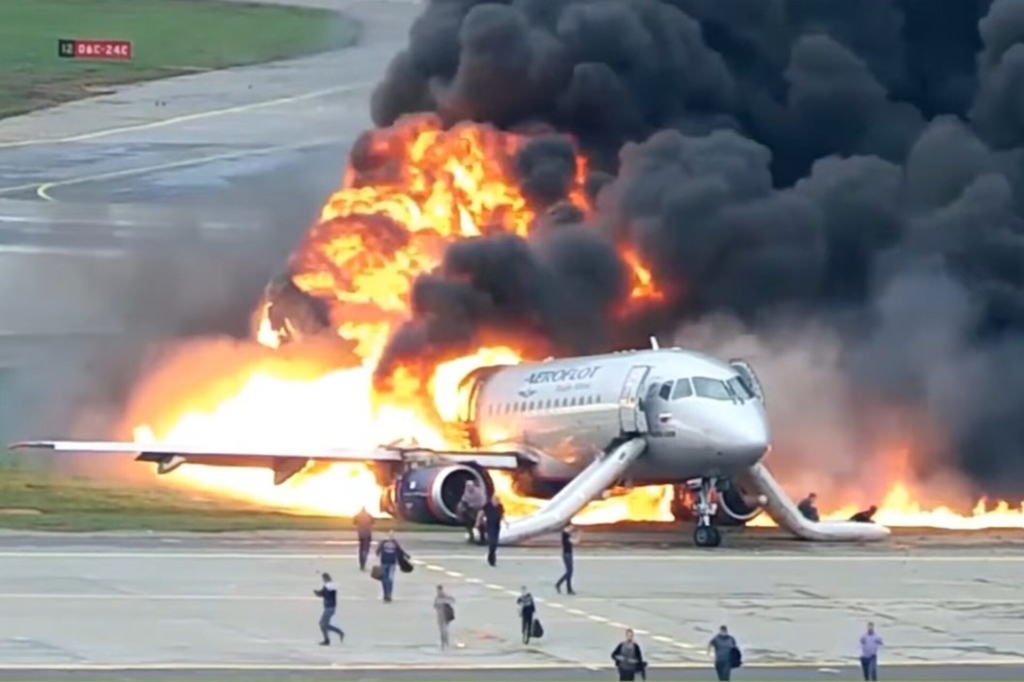The US Federal Aviation Administration (FAA) has issued a new Safety Alert for Operators (SAFO), warning airlines about the dangers posed when passengers try to evacuate with their carry-on baggage during emergencies.
Published on September 16, 2025, SAFO 25003 highlights that compliance with crewmember instructions is vital in life-threatening scenarios. The FAA stressed that even brief delays caused by retrieving personal items can significantly reduce survival chances in situations involving fire, smoke, or structural damage.
Risks from non-compliance
The FAA noted that investigations and operational data have repeatedly identified this behavior as a recurring hazard. Passengers who attempt to retrieve bags can obstruct aisles and block emergency exits, damage evacuation slides, and create trip and fall hazards in low-visibility environments. Most critically, these actions delay evacuation times beyond survivability thresholds. According to the agency, any delay caused by luggage retrieval can drastically affect survival rates in rapidly deteriorating conditions.
Real-world examples
The problem has been highlighted in several major incidents. In May 2019, Aeroflot Flight SU1492 caught fire after returning to Moscow’s Sheremetyevo Airport. Video footage showed passengers evacuating with bags in hand while smoke and flames spread through the cabin. The accident claimed 41 lives out of the 78 on board, and investigators concluded that delays during the evacuation likely contributed to the high fatality count.
Another case was British Airways Flight 2276 in Las Vegas in September 2015. A Boeing 777 suffered an uncontained engine failure and fire during take-off. Although all 170 people survived, photographs and crew reports confirmed that some passengers attempted to take their cabin luggage with them. The evacuation took several minutes, far longer than the normally required 90 seconds, underlining how even a small number of non-compliant passengers can hinder an evacuation.
Both accidents underscored that the long-standing safety instruction to “leave everything behind” is not just a formality but a matter of life and death.
FAA recommendations
The FAA urged operators to strengthen pre-flight safety briefings with clear and standardized messaging that leaves no room for exceptions. It also recommended that airlines use their Safety Management Systems to identify hazards and track passenger behavior, and that cabin crew receive assertive training for evacuation commands. The agency further encouraged operators to invest in visual and multilingual communication materials in airports and on board to normalize expected behavior, and to promote collective responsibility with messages such as “Help everyone get out safely—leave your bags.”
Although compliance with the SAFO is voluntary, the FAA said the measures could significantly reduce evacuation times and save lives in critical emergencies.


